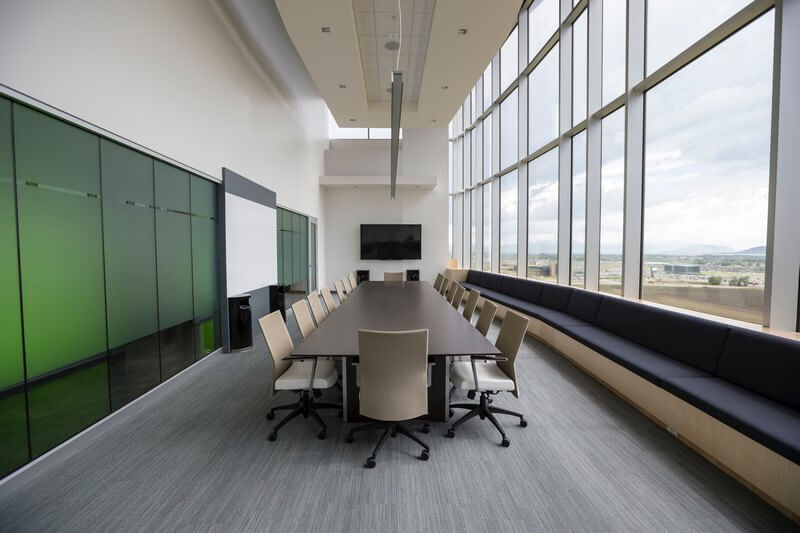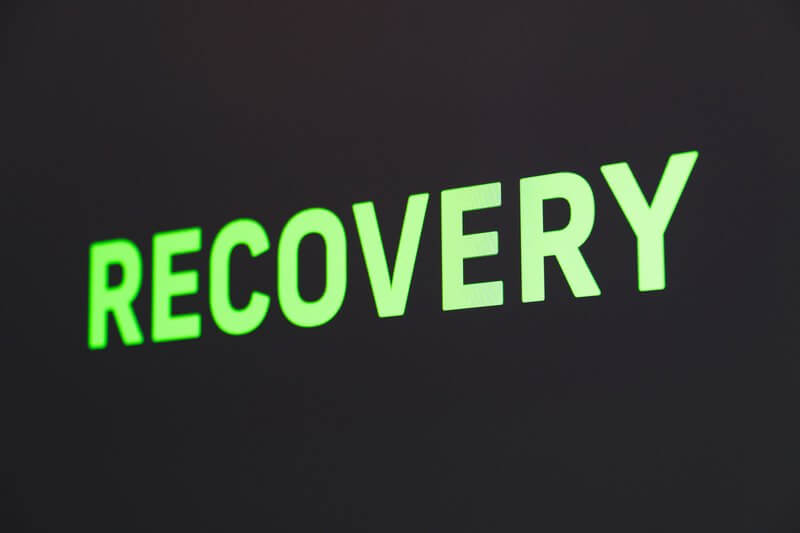
The future is now
Agility is a term that we hear associated with technology. The concept of agility in IT and business is an approach of short sprints to achieve a goal. The keys are adaptability, focused teamwork, and achieving outcomes. Those who consider it a mindset and not a switch are dead-on. However, resilience agility speaks to the benefits of proactive response and recovery aligned with risk management.
This approach is transferable to resilience when considering the core outcomes of the work. With an alignment of risk, security, business continuity, and crisis. We define Organizational Resilience as the ability of an organization to anticipate, prepare for, respond and adapt to incremental change and sudden disruptions to survive and prosper. In most companies, tasks areas get segmented to specialists. For efficiency, this makes sense. Yet, when we think of the future, we know that business needs a dynamic ability to forecast and adapt to change. So, resilience supports this model by enabling organizations to anticipate and quickly respond to events.

What's on executive's minds
If you are paying attention to news and groups like The Conference Board, you know the concerns of leadership. Coming out of COVID, they realize that change is a constant. Remaining competitive, executives recognize that it is not enough to be innovative but constantly so. Not only is senior management most concerned about cyberattacks, but business interruptions and natural disaster events.
Along with this is the acknowledged war for talent. So, execs are worried about running their business. Statistics around the Great Resignation say that 3% of the workforce is quitting every month. One-third of the workforce is leaving any given company within a year. According to the US Bureau of Labor Statistics, 11.3 million jobs were open in March. To provide you with a visual, imagine that every tenth desk in an office is vacant. Executives have talent concerns, along with the continued uncertainty of COVID and the Ukrainian Invasion in 2022.

Change management as a constant
What this means for resilience is that we will likely need to do more with fewer resources. Resilience agility implies a break from change management to continuous improvement. Additionally, it makes sense that companies shift from a project management mindset to continual adaptation in servicing customers. It means less emphasis on compliance for our programs, although that won’t go away, and ongoing delivery of our core deliverables.
This approach promotes the ability to prepare, respond, and recover from a crisis as an ongoing process. We need to be prepared to be comfortable with being uncomfortable. To be ready, we need to embrace real-time approaches to integrate response and recovery for decreased downtime instead of an annual cycle of continuity planning. Many established Business Continuity Management programs will struggle to adapt.

What agility means for preparedness
To achieve resilience agility means a few things for programs:
- Vested stakeholder turnover: Last year, we saw many retirements and this, aligned with younger workers dropping out of corporate jobs, translated to our stakeholders changing over. Others are seeking greener pastures. Familiar faces will be gone, and we need to establish rapport with their replacements.
- Ongoing training cycle: As this trend is not likely to reverse soon, resilience programs should invest in opportunities for education and preparedness. Think mini-training moments.
- Shield against complacency: We’ll need to be alert to the one-and-done mentality. For some, COVID is the worst event, and since the business is surviving, they see diminished returns in resilience investment. For others, the project mentality says that once we create a program, it’s good enough.
We have to be on guard for these behaviors as the three significant risks to program success. Lack of training, loss of champions for the work, and the inability of some to see Return on Value are our most significant threats in the near term. Readiness for crisis includes supercharged risk mitigation efforts, collaborative response capabilities, security superheroes, and a knowledgeable workforce.

What agility means for response
Business change used to occur at a much slower pace. As I shared in, The End Of Business Continuity As We Know It, this is no longer the case. Rapid operational changes to capture market viability are the norm. My experience is that business units are changing so rapidly that it is challenging to keep up. So, to keep pace, crisis management is a team sport. We can’t rely on separated incident groups or methodologies to fully protect our companies anymore.
Businesses that continue to segment and don’t adopt a resilience life cycle will fall behind. Resilience agility is a way to ensure companies can bounce back quickly when a crisis happens. A resilient approach mitigates the most negative impacts if we do our job well. I realized that the number of high-level events I responded to last year had decreased substantially from several years ago. COVID aside, our work to implement a collaborative resilience framework aligning business continuity, risk, crisis, and security is paying off. However, the catastrophic events are hitting harder than ever.

What agility means for recovery
Our goal is to build a resilience structure that is flexible enough to withstand shocks and keep ongoing. Ideally, this decreases or eliminates significant downtime when an interruption threatens operations. I’ve already spoken about the promise of leveraging Operational Resilience to continue critical services. Agility translates to speedier recovery times and, at its best, operations that do not fail at all.
Look, crisis events will continue to occur. Data shows they are happing with increased frequency and velocity. The benefits of educating our workforce to be crisis-prepared are threefold. They know their role at work because of exercises and training. Two, by expanding that knowledge into personal preparedness, they can continue to support operations because their homes and loved ones are safe. Three, they contribute to resilience as a whole–both as part of their company and community. A resilience approach is a win for individuals, companies, and the world.

Develop a business resilience maturity model
What you can do right now is to build resilience agility to create a scoring model. Doing this lets you know where you are today and, most importantly, sets out a goal for what you aim to achieve. It provides an organizational scorecard and gives business units a personalized view. Business is competitive, and even with today’s focus on teamwork, we still like to know where our function stands compared to others.
New functions benefit from a baseline, and seasoned processes gain insight into areas for improvement. Overall, the goal is for better outcomes and companies to become highly resilient. It benefits an organization and supports interconnected supply chains and service providers. Indeed, this is a deliverable we would all like to meet.
